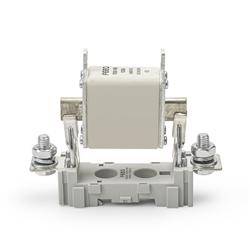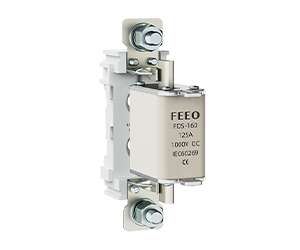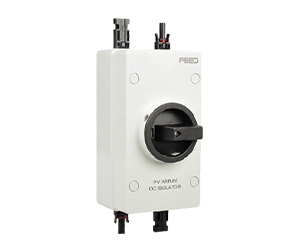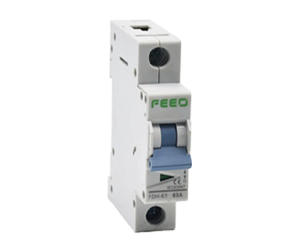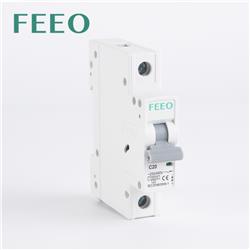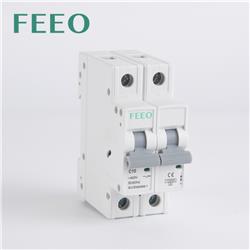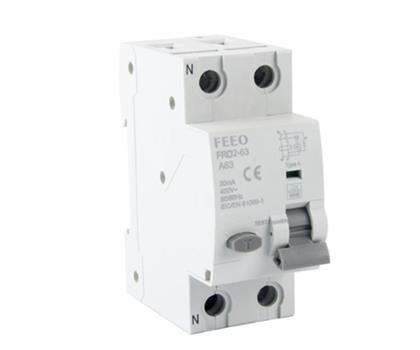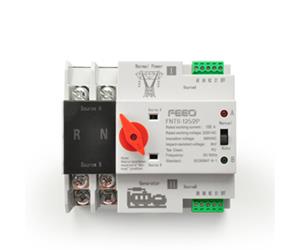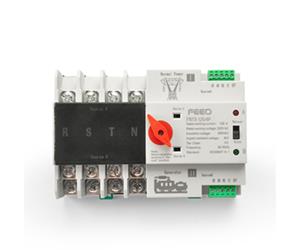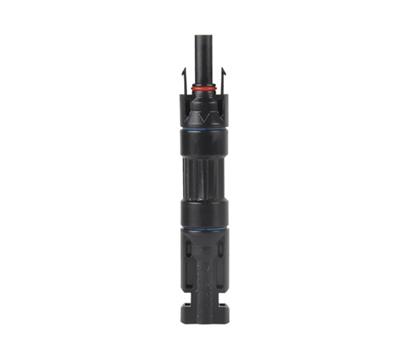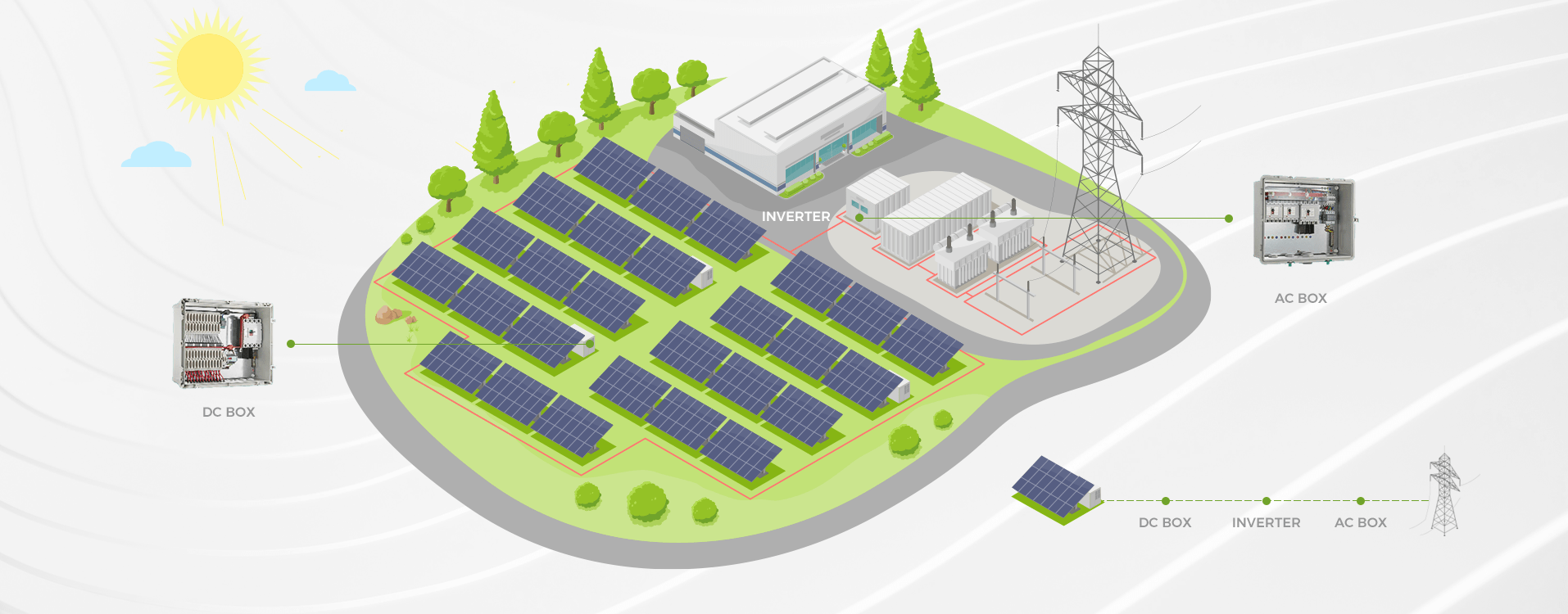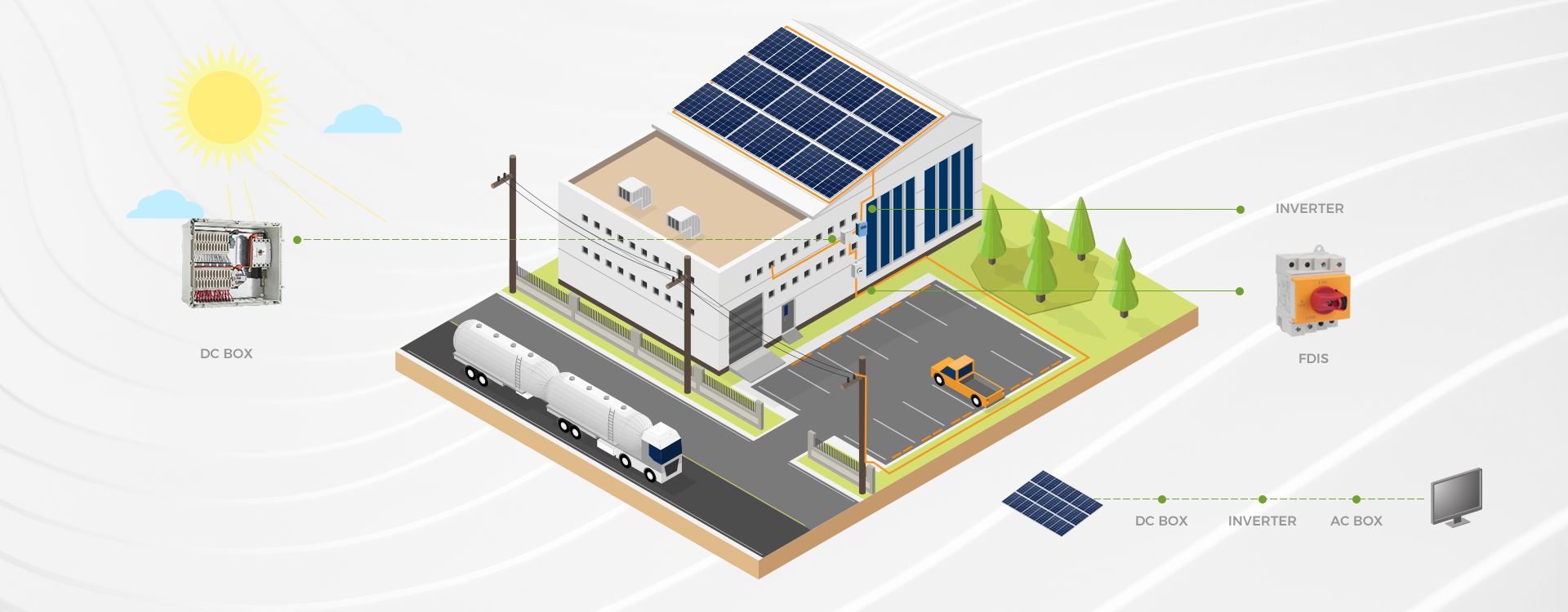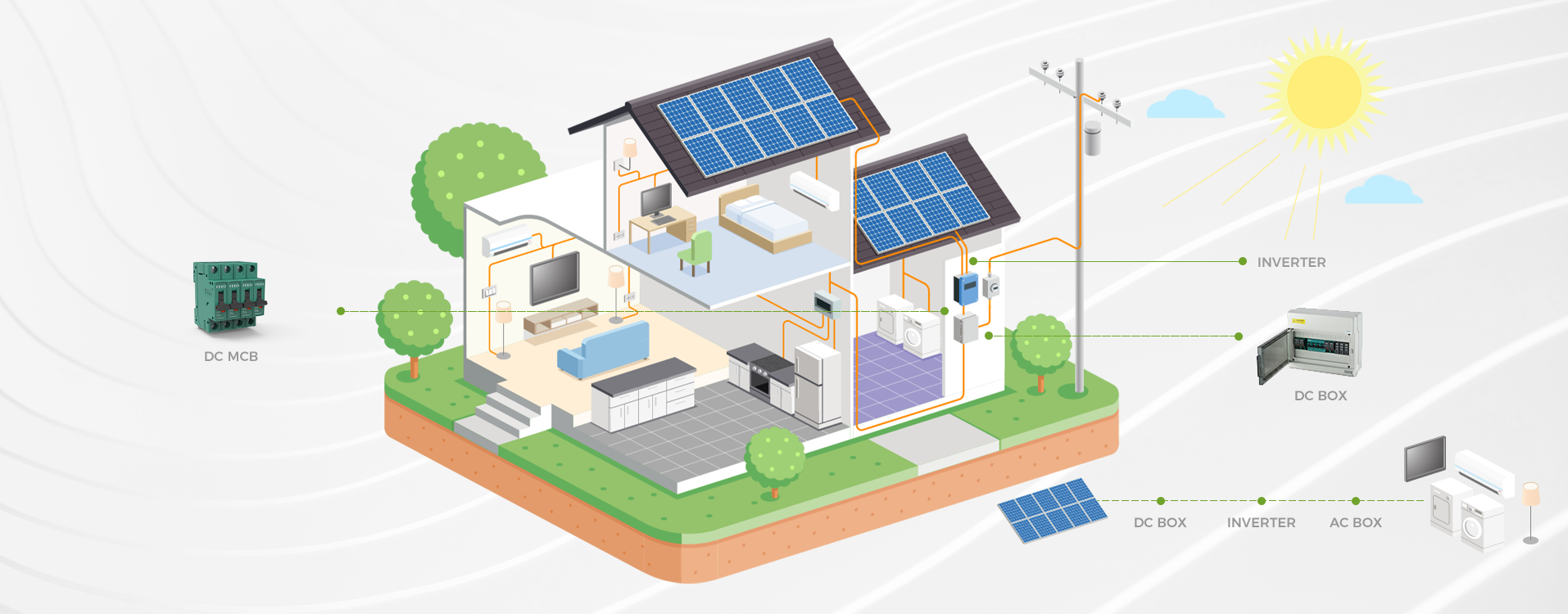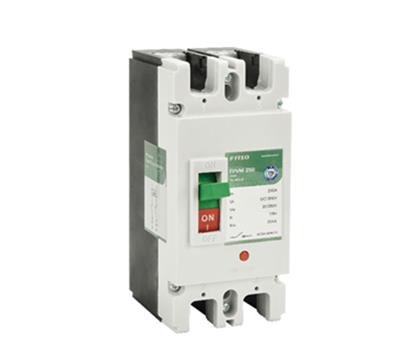Applications and Limitations of Series Circuit Breakers
There are various types of circuit breakers, including standard single-pole circuit breakers with a rated voltage of 120 volts for household circuits, and double-pole circuit breakers with a rated voltage of 240 volts for appliances, occupying two slots in the breaker box. On the other hand, series circuit breakers are a special type of circuit breaker designed to allow the installation of two 120-volt circuits in a single slot of the breaker box. Typically, series circuit breakers are chosen when the breaker box is already fully loaded and there are no available slots.

Identification of Series Circuit Breakers
Series circuit breakers are a remarkable innovation! They have the same size as regular 120-volt circuit breakers but feature two breaker handles on the surface, allowing independent operation of two circuits. Their unique internal design includes dedicated mechanisms to control and protect each circuit. When one of the circuits becomes overloaded, only one handle is tripped, ensuring the normal operation of the other circuit.
However, not all breaker boxes can accommodate series circuit breakers, making them more precious and rare. It is necessary to consult with the local electrical inspector to determine if their use is permitted and the allowed quantity. Typically, series circuit breakers become a unique solution when the existing breaker box cannot accommodate more circuit breakers. However, the options for using series circuit breakers in new constructions may be limited.

Series circuit breakers offer distinct advantages compared to other solutions. Unlike slimline breakers, they are a single entity containing two breaker mechanisms internally, rather than side-mounted slimline breakers in a single slot. This makes series circuit breakers more stable and reliable while providing protection for two circuits in limited space.
Whether for better circuit management or resolving slot shortages, series circuit breakers are a convincing choice. They provide secure protection for your circuits while showcasing innovative and forward-thinking design. Consider introducing series circuit breakers into your electrical system to achieve more efficient and reliable power supply, whether in a residential or commercial setting!

Limitations of Series Circuit Breakers
Despite some limitations, series circuit breakers remain an exciting technological innovation. The unique design of series circuit breakers connects them to a single space in the breaker box and utilizes power from only one phase. Therefore, in certain situations, they cannot power two circuits using a single three-wire cable, which is commonly done in kitchen countertop circuits and other applications. In this configuration, two hot wires share a neutral wire, which series circuit breakers cannot accommodate. Therefore, series circuit breakers are suitable for cases where separate cables are used to power two circuits instead of sharing a neutral wire in a single cable.
Additionally, series circuit breakers have another limitation in that they cannot dissipate heat as effectively as standard single-circuit breakers. Due to the presence of two circuits within the same breaker, the heat generated may be higher, requiring additional considerations for heat dissipation. It is important to factor in this limitation when designing electrical systems with series circuit breakers.

Unlocking the Potential
Discover the key to optimal electrical safety and compliance with the installation of series circuit breakers. By simply opening the door of your service panel, you can determine if these innovative devices are already in place. Look for a single-width breaker housing two small toggle switches, arranged either in series or side by side. Known as tandem, slimline, or double breakers, series circuit breakers effectively utilize the space occupied by a single-pole breaker.
In conclusion, series circuit breakers offer unique advantages and limitations. Understanding their applications and restrictions is crucial for making informed decisions in power protection and electrical system design.













